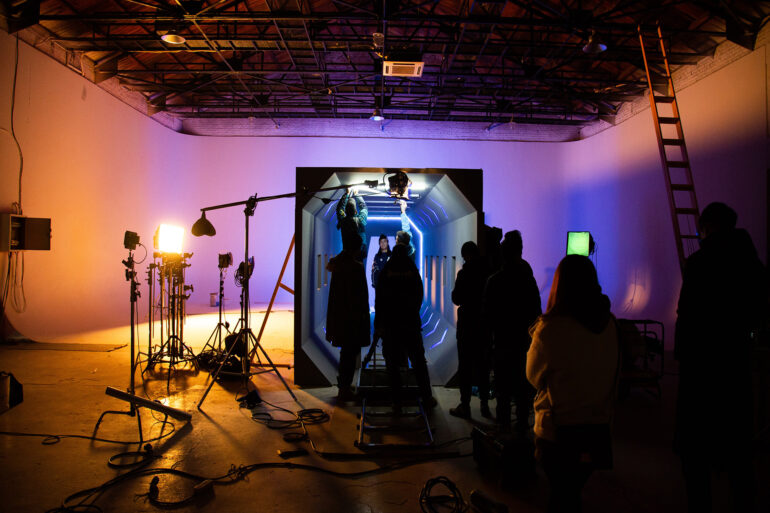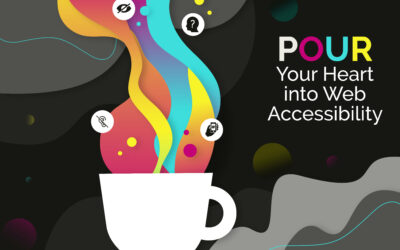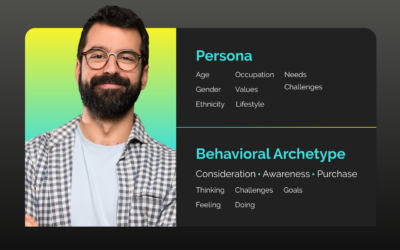I’m sorry, I interrupted you.
You’re on mute!
I’ve been having trouble connecting today.
Can everyone hear me?
Technology took center stage in 2020, saving businesses (and relationships) despite widespread digital fatigue, unreliable WiFi, and kids and pets making cameos. No matter how fast the world gets vaccinated, virtual events (or at least hybrid events) are here to stay. So let’s embrace it, reduce the game of Zoom bingo, and make them better, shall we?
We’ve learned a lot in the last year, and have a few hard-earned tips to help you keep up with the evolving expectations of your attendees, sponsors and employees. It’s a new year and a new chance to put the fun back in events and meetings — that used to be a thing, right?
Fully 75 percent of people using digital channels for the first time indicate that they will continue to use them when things return to “normal.”
Mckinsey
1. Same, Same but Different
While the overall concept of virtual events, conferences, and meetings are the same, you only win when you are different. Different durations, different ways to deliver or discuss content, different participation styles, and of course, different concepts.
Nobody wants to attend another webinar where someone talks at them for an hour. Depending on the audience and the time commitment, feel free to mix it up. Use a tech partner that enables commenting and polls. Incorporate pre-recorded video in with live elements across a day. Shorten sessions or break them up into more, shorter sessions. If you’ve got a company culture where people would wear costumes in person, why not try it virtually? In short, find ways outside of a standard Zoom meeting to connect with everyone.
In 2021, after such quick innovation on everyone’s part, we know we’ll have even more advanced tools at our disposal and AV partners with increasingly better solutions to deliver content in the most compelling way.
2. People + Purpose
Remember that virtual events need to be designed for people. And people demand a clear purpose now more than ever for how they spend their time. Brands must design for the experience vs. designing for the platform.
Using the basic principles of human psychology and remembering how memorable experiences are created through our various senses, we can learn, connect, reflect, communicate, and build relationships through collaboration, resolved discord, and laughter, even when we are apart. And yes, alcohol and snacks are appreciated during happy hours!
3. “Simulive” for the Win
“Simulive” presentations — in which people pre-record their presentation and then take Q&A live afterwards — have a lot of benefits. Most obviously, predictability and control. The audio and video quality is superior to a livestream. The presentations are smoother and tighter thanks to editing. And they allow for higher production value, including music, graphics, animation, video, and other elements that are much more engaging than someone talking live over boring slides. Look for platforms that enable and moderate live sessions, even to thousands at a time. Your guests will thank you.
4. Experiences Matter
Fun Zoom backgrounds or styled bookshelves are no longer enough to excite us. We must think about designing a multifunctional experience that offers interactivity to attendees and partners. By adding physical elements that can be delivered to attendees prior to the event, we can also get closer to an in-person event that activates more than one or two senses. We need to look at the whole experience journey, starting with pre-event, during the event, and through to post-event. And, we have to build an interconnected experience and really ask whether it is good enough. Will it really, entirely replace a live event? No, but it could in a lot of ways be better if you plan and execute it well.
5. Leverage Innovators
Unique virtual experiences can deliver everything from a personal walking tour of Paris, to a pasta class with a pasta-expert nonna in Italy, trivia with drag queens in Spain, or meditation with sleepy sheep in the U.K. Guests expect to be wowed after 10+ months (and counting) of remote working and connections. The tours are often hosted via Zoom or MS Teams and many include materials or goodie bags that are sent to registrants to deliver an optimal “at home” experience. They may not be perfect, but they are fabulous socially distanced distractions from Covid life. And when we do return in some form to the office, these events are a great way for permanently remote teams or team members to continue to connect virtually.
Seventy-one percent of media and marketing executives think virtual gatherings and conferences will be the only option for businesses through 2020.
The 614 Group
6. Break Up & Out
Networking is one of the major reasons why people attend events, which means that you need to be very pointed about connecting attendees of virtual events. If you do nothing else — do this!
Think about prompting connections using breakout rooms. Try to organize people in rooms based on where they would get the most value and don’t leave people to their own devices. Without thoughtful networking activities, your audience is basically just watching a show. The best events have breakout rooms so the attendees can meet others.

The Point?
In the end, strong event attendance is only a win if businesses are able to reimagine the way events are done in the virtual environment. After all, in this new landscape, it’s easier to attend an event — and it’s also easier to leave by shutting the computer and walking away.
If you’re interested in exploring new ways to approach your event strategy this year, we’d love to hear about your event and share more of our ideas.





